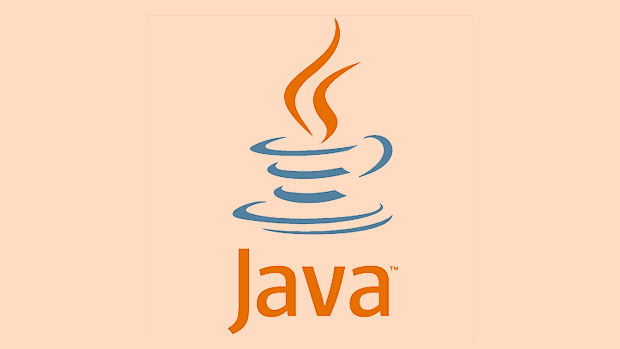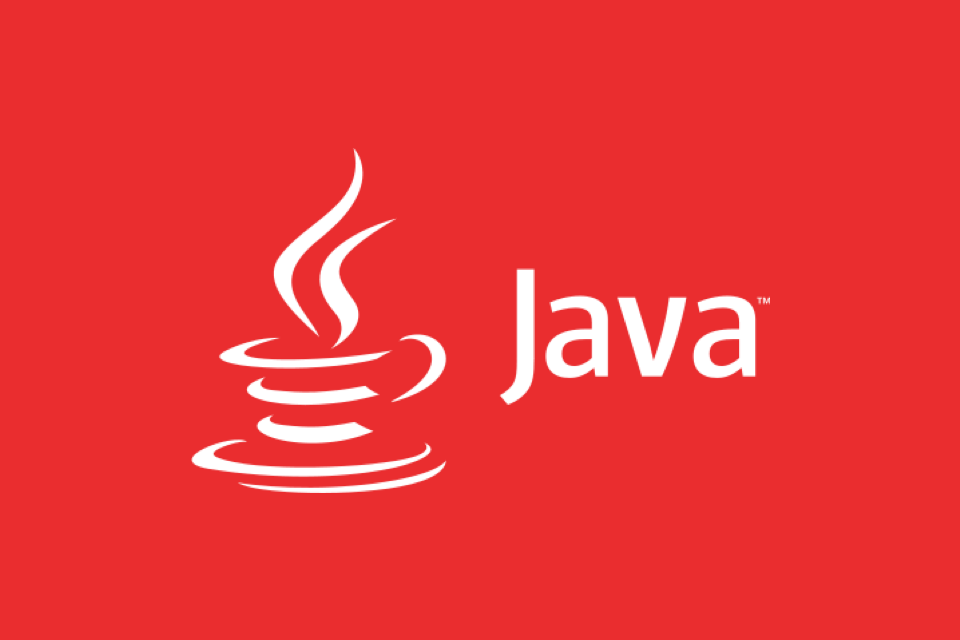 Java
Java
 javaTutorial
javaTutorial
 How to perform a breadth-first search (BFS) or depth-first search (DFS) on a graph in Java?
How to perform a breadth-first search (BFS) or depth-first search (DFS) on a graph in Java?
How to perform a breadth-first search (BFS) or depth-first search (DFS) on a graph in Java?
Jul 10, 2025 pm 12:25 PMImplementing the BFS and DFS of graphs in Java mainly relies on adjacency tables to represent graphs, and use queues and recursion/stacks to control access order respectively. 1. The graph usually uses HashMap or ArrayList to store adjacency relationships; 2. DFS accesses each node recursively and marks accessed; 3. BFS uses a queue to access nodes by layer to ensure first-in-first-out; 4. It is necessary to deal with the problems of null pointers, loops and non-connected graphs.

Directly answer the title question: Implementing breadth-first search (BFS) and depth-first search (DFS) of graphs in Java, mainly relying on the representation method of graphs and traversal logic. The key is to understand the processing order and data structure selection of the two algorithms.

Use an adjacency table to represent the graph
In Java, the most commonly used graph representation method is Adjacency List . HashMap or ArrayList<arraylist>></arraylist> is usually used to store neighbors of each node.
// Example: Adjacent table representation graph Map<Integer, List<Integer>> graph = new HashMap<>();
You can add edges like this:

graph.putIfAbsent(0, new ArrayList<>()); graph.get(0).add(1); graph.get(0).add(2);
This step is very basic, but what is easy to ignore is to ensure that each node is initialized before adding edges, otherwise a null pointer exception will be thrown.
How to implement Depth First Search (DFS)
DFS is implemented using recursion or stack, and the core idea is to access every node as deep as possible until it cannot continue to trace back.

Here is a DFS implementation that uses recursion :
public void dfs(int node, Set<Integer> visited) {
visited.add(node);
System.out.println("Visited: " node);
for (int neighbor : graph.getOrDefault(node, Collections.emptyList())) {
if (!visited.contains(neighbor)) {
dfs(neighbor, visited);
}
}
} When calling, pass in the starting node and a visited collection:
Set<Integer> visited = new HashSet<>(); dfs(0, visited);
Note:
- Make sure that the node in the graph is used to take the neighbors and avoid empty pointers.
- Each recursion requires checking whether it has been accessed to prevent the loop from causing stack overflow.
- If the graph may not be connected, you need to traverse all nodes to determine whether they are accessed.
How to implement Broadness-first search (BFS)
BFS uses queues to manage nodes to be accessed, expanding outward layer by layer, suitable for scenarios such as finding the shortest path.
Here is the Java implementation of BFS:
public void bfs(int start) {
Set<Integer> visited = new HashSet<>();
Queue<Integer> queue = new LinkedList<>();
queue.offer(start);
visited.add(start);
while (!queue.isEmpty()) {
int node = queue.poll();
System.out.println("Visited: " node);
for (int neighbor : graph.getOrDefault(node, Collections.emptyList())) {
if (!visited.contains(neighbor)) {
visited.add(neighbor);
queue.offer(neighbor);
}
}
}
}Key points:
- Queues are used to control the access order.
- Must be marked as accessed before enqueuing , otherwise the same node may be repeatedly joined.
- Also, consider whether the graph is connected and call it multiple times if necessary.
Frequently Asked Questions and Precautions
- The graph may be empty or there are no certain nodes, so judgments should be made before operation.
- For undirected graphs, both directions must be added when adding edges.
- Using
HashSetto record access status is more efficient. - Too much depth of recursion may cause stack overflow, so DFS can be rewritten with an explicit stack.
- If the node numbers are continuous, you can also use an array instead of Map.
Basically that's it.
The above is the detailed content of How to perform a breadth-first search (BFS) or depth-first search (DFS) on a graph in Java?. For more information, please follow other related articles on the PHP Chinese website!

Hot AI Tools

Undress AI Tool
Undress images for free

Undresser.AI Undress
AI-powered app for creating realistic nude photos

AI Clothes Remover
Online AI tool for removing clothes from photos.

Clothoff.io
AI clothes remover

Video Face Swap
Swap faces in any video effortlessly with our completely free AI face swap tool!

Hot Article

Hot Tools

Notepad++7.3.1
Easy-to-use and free code editor

SublimeText3 Chinese version
Chinese version, very easy to use

Zend Studio 13.0.1
Powerful PHP integrated development environment

Dreamweaver CS6
Visual web development tools

SublimeText3 Mac version
God-level code editing software (SublimeText3)

Hot Topics
 Difference between HashMap and Hashtable?
Jun 24, 2025 pm 09:41 PM
Difference between HashMap and Hashtable?
Jun 24, 2025 pm 09:41 PM
The difference between HashMap and Hashtable is mainly reflected in thread safety, null value support and performance. 1. In terms of thread safety, Hashtable is thread-safe, and its methods are mostly synchronous methods, while HashMap does not perform synchronization processing, which is not thread-safe; 2. In terms of null value support, HashMap allows one null key and multiple null values, while Hashtable does not allow null keys or values, otherwise a NullPointerException will be thrown; 3. In terms of performance, HashMap is more efficient because there is no synchronization mechanism, and Hashtable has a low locking performance for each operation. It is recommended to use ConcurrentHashMap instead.
 Why do we need wrapper classes?
Jun 28, 2025 am 01:01 AM
Why do we need wrapper classes?
Jun 28, 2025 am 01:01 AM
Java uses wrapper classes because basic data types cannot directly participate in object-oriented operations, and object forms are often required in actual needs; 1. Collection classes can only store objects, such as Lists use automatic boxing to store numerical values; 2. Generics do not support basic types, and packaging classes must be used as type parameters; 3. Packaging classes can represent null values ??to distinguish unset or missing data; 4. Packaging classes provide practical methods such as string conversion to facilitate data parsing and processing, so in scenarios where these characteristics are needed, packaging classes are indispensable.
 What are static methods in interfaces?
Jun 24, 2025 pm 10:57 PM
What are static methods in interfaces?
Jun 24, 2025 pm 10:57 PM
StaticmethodsininterfaceswereintroducedinJava8toallowutilityfunctionswithintheinterfaceitself.BeforeJava8,suchfunctionsrequiredseparatehelperclasses,leadingtodisorganizedcode.Now,staticmethodsprovidethreekeybenefits:1)theyenableutilitymethodsdirectly
 How does JIT compiler optimize code?
Jun 24, 2025 pm 10:45 PM
How does JIT compiler optimize code?
Jun 24, 2025 pm 10:45 PM
The JIT compiler optimizes code through four methods: method inline, hot spot detection and compilation, type speculation and devirtualization, and redundant operation elimination. 1. Method inline reduces call overhead and inserts frequently called small methods directly into the call; 2. Hot spot detection and high-frequency code execution and centrally optimize it to save resources; 3. Type speculation collects runtime type information to achieve devirtualization calls, improving efficiency; 4. Redundant operations eliminate useless calculations and inspections based on operational data deletion, enhancing performance.
 What is an instance initializer block?
Jun 25, 2025 pm 12:21 PM
What is an instance initializer block?
Jun 25, 2025 pm 12:21 PM
Instance initialization blocks are used in Java to run initialization logic when creating objects, which are executed before the constructor. It is suitable for scenarios where multiple constructors share initialization code, complex field initialization, or anonymous class initialization scenarios. Unlike static initialization blocks, it is executed every time it is instantiated, while static initialization blocks only run once when the class is loaded.
 What is the Factory pattern?
Jun 24, 2025 pm 11:29 PM
What is the Factory pattern?
Jun 24, 2025 pm 11:29 PM
Factory mode is used to encapsulate object creation logic, making the code more flexible, easy to maintain, and loosely coupled. The core answer is: by centrally managing object creation logic, hiding implementation details, and supporting the creation of multiple related objects. The specific description is as follows: the factory mode handes object creation to a special factory class or method for processing, avoiding the use of newClass() directly; it is suitable for scenarios where multiple types of related objects are created, creation logic may change, and implementation details need to be hidden; for example, in the payment processor, Stripe, PayPal and other instances are created through factories; its implementation includes the object returned by the factory class based on input parameters, and all objects realize a common interface; common variants include simple factories, factory methods and abstract factories, which are suitable for different complexities.
 What is the `final` keyword for variables?
Jun 24, 2025 pm 07:29 PM
What is the `final` keyword for variables?
Jun 24, 2025 pm 07:29 PM
InJava,thefinalkeywordpreventsavariable’svaluefrombeingchangedafterassignment,butitsbehaviordiffersforprimitivesandobjectreferences.Forprimitivevariables,finalmakesthevalueconstant,asinfinalintMAX_SPEED=100;wherereassignmentcausesanerror.Forobjectref
 What is type casting?
Jun 24, 2025 pm 11:09 PM
What is type casting?
Jun 24, 2025 pm 11:09 PM
There are two types of conversion: implicit and explicit. 1. Implicit conversion occurs automatically, such as converting int to double; 2. Explicit conversion requires manual operation, such as using (int)myDouble. A case where type conversion is required includes processing user input, mathematical operations, or passing different types of values ??between functions. Issues that need to be noted are: turning floating-point numbers into integers will truncate the fractional part, turning large types into small types may lead to data loss, and some languages ??do not allow direct conversion of specific types. A proper understanding of language conversion rules helps avoid errors.





